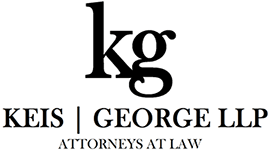Photographic evidence
Photographic evidence has been used in American trials since the nineteenth century. A photograph must be relevant and more probitive than prejudicial, as defined by the Federal Rules of Evidence, and may require authentication. However, did you know the admissibility of photographic evidence is currently based on two different theories: (i) pictorial testimony theory; and (ii) silent witness theory? These two theories represent a departure from earlier requirements, which required authenticating testimony from the photographer and/or an expert witness regarding the reliability of the recording process.
Silent witness theory and pictorial testimony theory
Currently, the admissibility of photographic evidence is based on two different theories. Under the “pictorial testimony” theory, such evidence is admissible when a sponsoring witness can testify that it is a fair and accurate representation of the subject matter. It is important to note, this theory is based on the personal observation(s) of the witness. Under the “silent witness” theory, such evidence is admissible if the process used to produce the photograph is accurate and reputable. This theory speaks for itself, hence the “silent witness” designation.
These two theories represent a departure from earlier requirements
These two theories represent a departure from earlier requirements, which required authenticating testimony from the photographer and/or an expert witness regarding the reliability of the recording process. Notwithstanding the ease with which photographs or videos may now be introduced into evidence, a trial judge may still require expert testimony. For example, when a defense seeks to minimize the injury to the plaintiff’s person by showing minor injury to the vehicle via photographs, expert testimony may be required. Thus, before photographic evidence is used at trial, the trial attorney must consider the purpose of the photo evidence and the need for expert testimony. To discuss these theories or another matter, contact an attorney with our subrogation practice.
